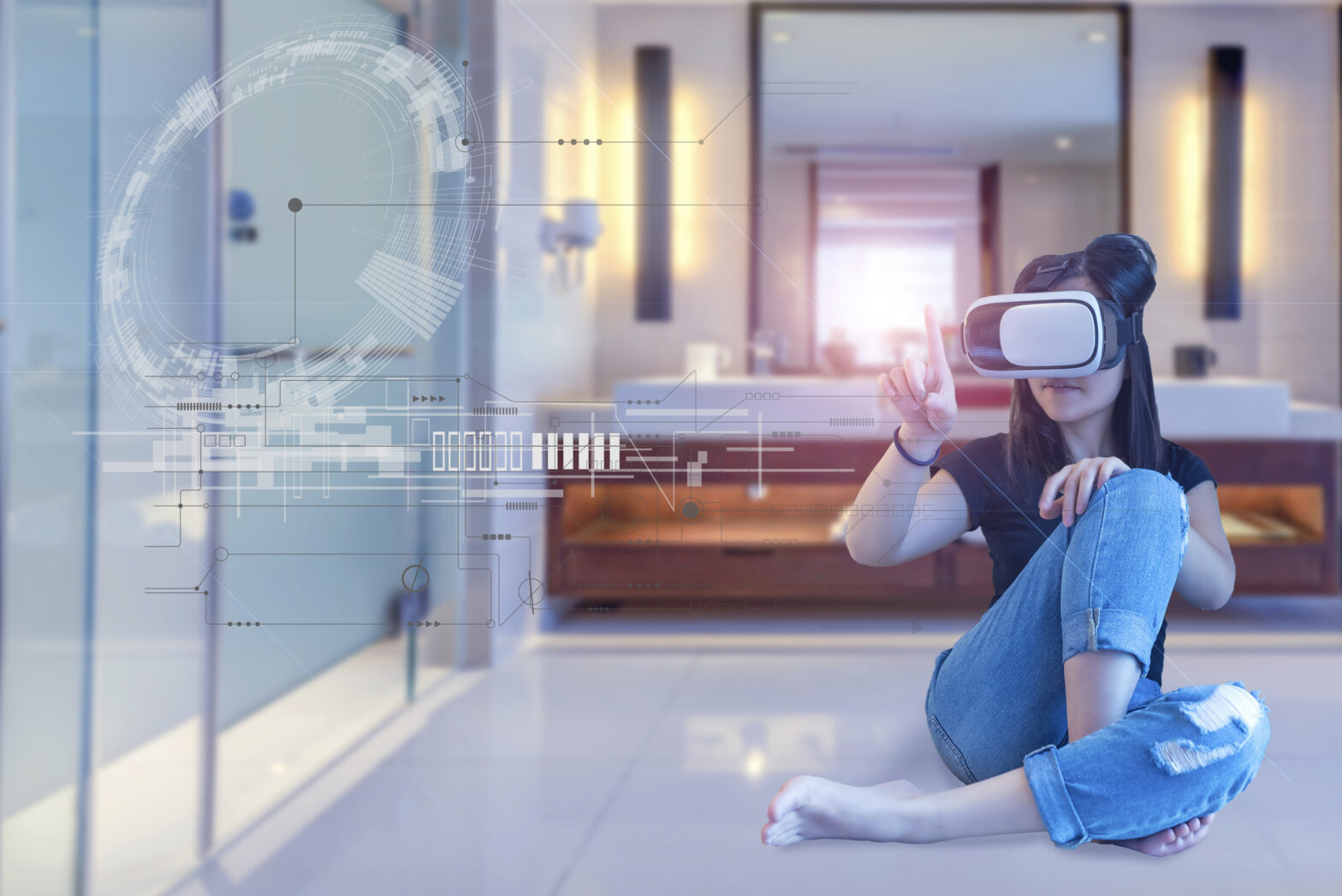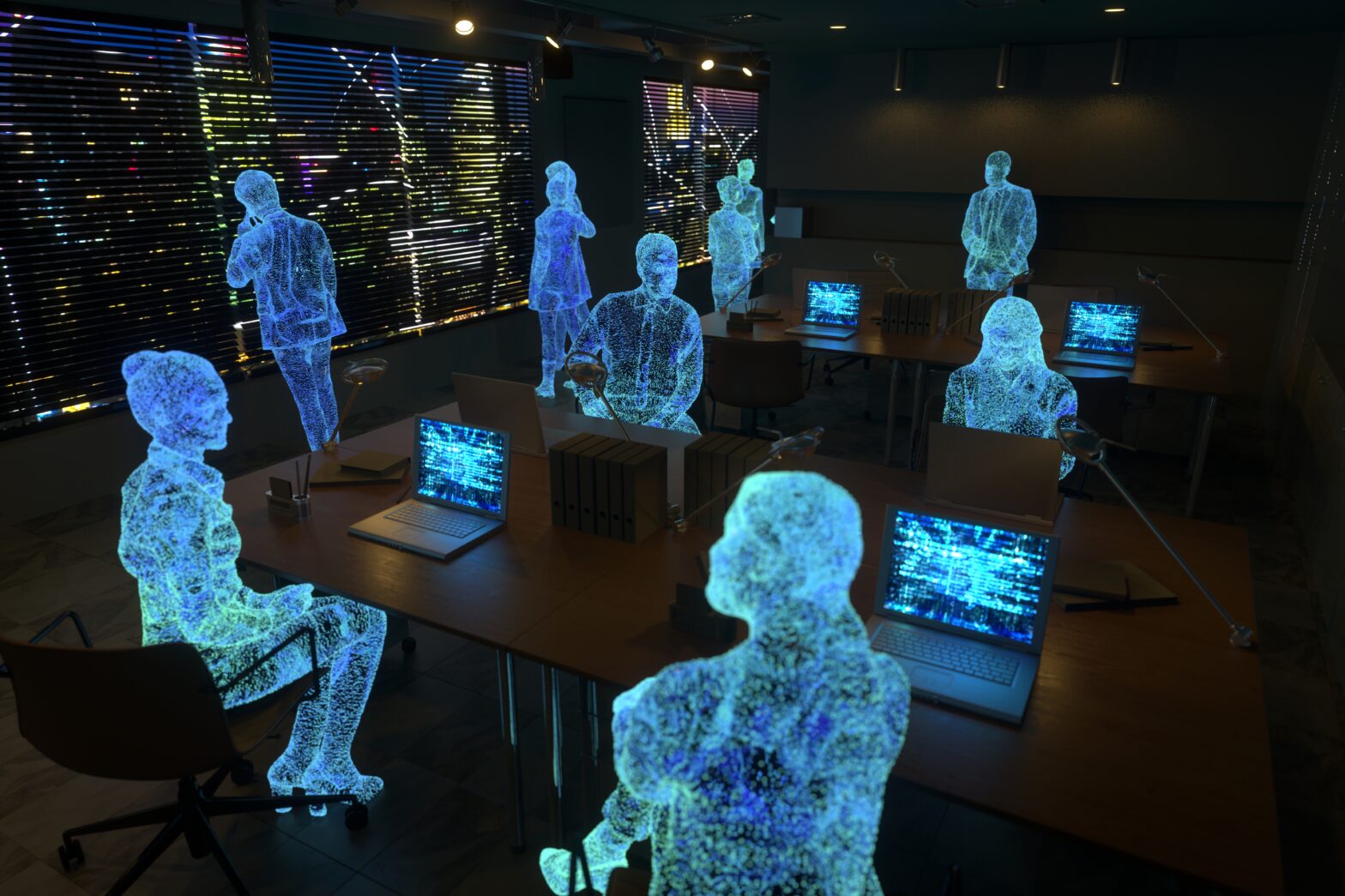Businesses from nearly every sector have adopted technology as a means to increase productivity, manage data, provide more advanced services and communicate at a global scale. However, the real estate industry, it seems, may not have been as quick to adopt as other industries.
From trying to communicate the features of a property to potential buyers, to contending with competitors, estate agents need to embrace the opportunities technology can afford them to provide more value to clients.
>See also: Proptech disruption trends: innovation in the real estate space
With augmented reality (AR) being the most talked about technology of 2017, due to its immersive and engaging capabilities, it’s no surprise that it happens to be well-suited to the real estate market.
Not just your average property brochure
When looking for a new home a potential buyer will likely take between 5-10 brochures at a time – and quite often they will be engaging with more than one estate agent. This means that competition will be fierce and brand differentiation will be absolutely necessary. The challenge here, in most cases, will be to provide useful information in easily digestible chunks whilst also maintaining the insight the content is designed to offer. This is where AR can help.
In general, visual information is easier to digest and recall than written information, which makes using a visual format to communicate and engage with prospective buyers a more tangible and efficient alternative to the standard brochures.
AR can create interactive brochures featuring triggers on key points on the interface, that lets users access and envisage key sections within the house as you talk them through the selected content.
>See also: Is cyber security education a waste?
This makes for a refreshingly new approach to house hunting. Notably, this can also improve operational efficiencies within estate agents by cutting down on the amount of time their staff spend away from their desks, making more time for the all-important sales work to be done.
With access to the right analytics, you can track which brochures or features are gaining the most interactions. The brochures allow buyers to share all the information with other interested parties, from the videos to the voiceovers. Admin user privileges should enable you to view which properties potential buyers are interacting with the most, eliminating all the guess work from sales agents.
Say goodbye to one-dimensional floor plans
AR can also allow you to easily show a floor plan to a potential buyer in 3D. Taking the traditional one-dimensional view to a whole new level. This allows buyers to better visualise a room and the layout of a house – helping them to picture what they can do with the space and how they could see themselves living there.
Next generation window displays with a competitive edge
Traditionally, estate agents display various houses in their roster that are either for sale or to let on their show window.
>See also: Education apps: help or hindrance?
By adding AR into the mix, either through an AR window display or with the help of the technology overlaid on traditional picture displays, you are expanding the opportunities to engage with buyers even when your office is closed. Buyers will be able to view different properties or watch property videos straight from the window.
The use of AR could allow estate agents to gain a competitive edge as the interactivity and benefits of the solution brings huge value to buyers and sellers, by improving the overall customer experience. This as a result can increase your corporate and brand reputation within the industry, leading to new business and better sales returns.
Sourced by Richard Corps, MD and co-Founder, Ads Reality










